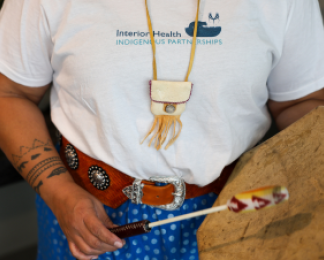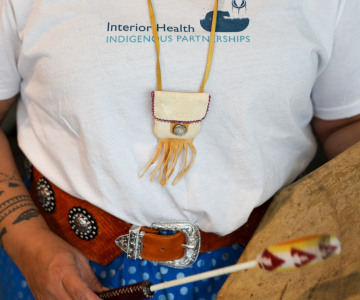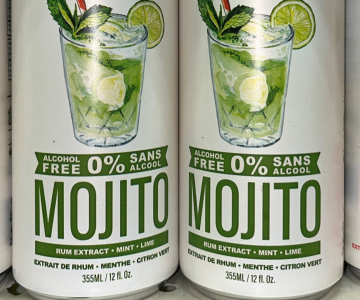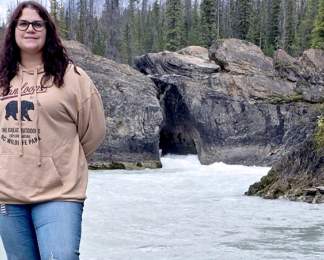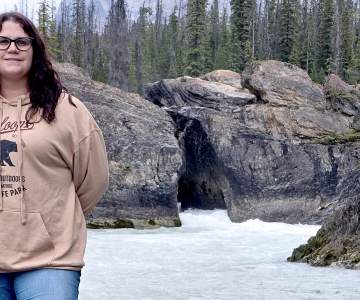This year’s Earth Day theme – invest in our planet – fits perfectly with Interior Health’s commitment to protect the planet and reduce our environmental footprint.
“At Interior Health, we are focused on providing a greener health-care environment across the region,” said Interior Health president and CEO, Susan Brown. “With innovative solutions, collaboration, and new investments, we are lowering our carbon footprint and doing our part to prevent the effects of climate change.”
Committed to Meeting Reduction Targets
Interior Health has implemented many initiatives to lower waste, improve efficiencies, reduce greenhouse gas emissions and reach CleanBC targets. Changes, both big and small, reduce health sector impacts on the environment and Interior Health is committed to work towards lowering our overall environmental footprint.
Eliminating Styrofoam in Food Services
Interior Health food services are phasing out the use of Styrofoam products, such as cups and takeout containers.
Styrofoam is made of polystyrene and is slow to degrade and fills up landfills. It contains styrene, and when exposed to sunlight, can create harmful air pollutants and further contaminate landfills and deplete the ozone layer. During manufacturing, the process releases large amounts of ozone into the atmosphere, causing respiratory and environmental issues.
Interior Health’s commitment this Earth Day is to eliminate Styrofoam use, find cost-effective alternatives, and reduce the impact food services have on the planet.
Reducing Waste Gasses
Interior Health is also implementing a new process to recover and collect waste anesthetic gasses and prevent any waste gasses from venting into the environment.
During surgery, approximately five per cent of anesthetic gasses are metabolized by the patient. That means close to 95 per cent is exhaled and, through mechanical systems, vented out into the environment. These waste gasses are potent greenhouse gasses (GHG) contributing to climate change.
Starting this summer at the Phil and Jennie Gaglardi Tower at Royal Inland Hospital (RIH) in Kamloops, IH will deploy technology to collect the waste gasses and avoid venting.
Not only will these gasses now be collected, but they’ll also be re-processed by a Health Canada licenced facility. IH will use the re-processed gasses for general anesthesia, increasing available supply in addition to eliminating the vented gasses from the environment.
IH will be the first B.C. health authority to implement this full solution.
“This year, our investment to eliminate Styrofoam and reprocess anesthetic waste gasses will reduce the impacts health care has on our planet,” said Donna Lommer, vice president, clinical and corporate services. “These priorities are among several other environmental sustainability and improvement initiatives underway at Interior Health.”
Climate change and health leadership
A new lead position is being created at Interior Health to develop climate change strategies in health care.
This individual will work with medical health officers, environmental public health, healthy communities teams, Aboriginal health and community partners to address the impacts and adapt to the ongoing challenges of climate change on the overall health of communities.
“Climate change is one of the greatest health challenges facing communities in Interior Health as we are seeing with increased fires, flooding and extreme heat events. We all have a role to play in fighting climate change and this new position was created to help Interior Health move forward with our partners in doing everything we can to reduce our own impacts and support the broader health of our communities,” said Dr. Sue Pollock, interim chief medical health officer.
Interior Health is in the process of filling this important new position.

